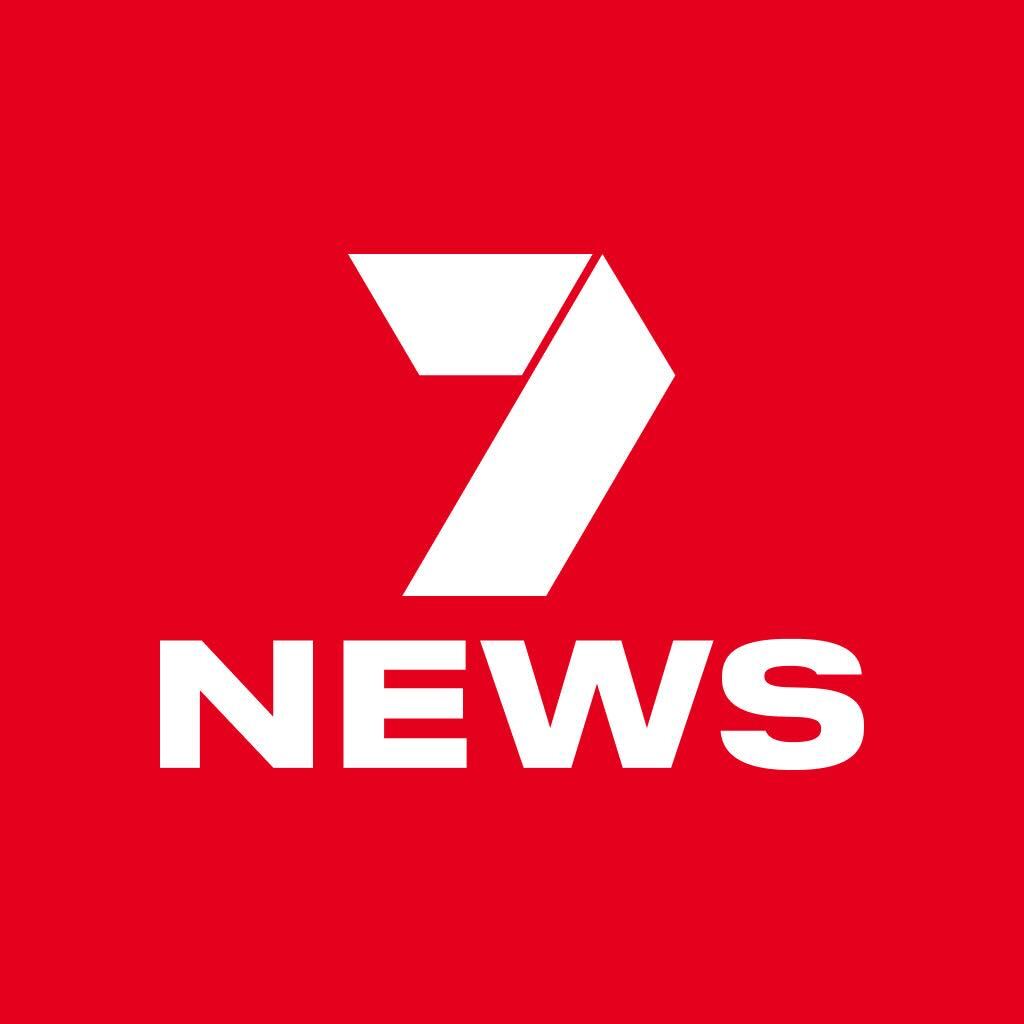Times are tight but the tooth fairy is forking out big.
Aussie kids peering under the pillow are finding an average of $6.20 for every lost tooth, a new survey has revealed.
WATCH THE VIDEO ABOVE: Australian children failing to maintain proper dental hygiene.
Know the news with the 7NEWS app: Download today
That figure is well up on 25 years ago when the going rate per lost chomper was just $2.
While most will receive $5, some children are scoring as much as $50 for a single baby tooth, the Australian Dental Association (ADA) found.
The lowest amount given was 50 cents.
The tooth fairy is most generous in the ACT, where kids score $7.90.
At the other end of the scale, in the NT, children are given an average of $5.05.
The transactions stack up, with more than two million Australians in the “tooth losing stage” visited in 2022 alone, according to the Bureau of Statistics.
Research out of the US shows kids there receive about $7.69 for every milk tooth, a decline of more than a dollar from the same time last year.
Children in the UK get an average of $8.74, with some receiving more than $20, according to one study.
The tooth fairy’s “going rate”, and how much children should receive, has been a source of debate for Australian parents.
“(In) my house, $2, and $5 if the tooth fairy is out of gold coins. But have heard some fairies pay up to $20-$50 per tooth,” said one parent on social platform Reddit, prompting a reply that the latter amount is “unhinged”.
Another said “a rich friend in my circle ruined the market for us” by offering her kids 50 bucks.
“We only do 10 (dollars) per tooth. But more than once my daughter asked ‘how come Madison gets 50?’. I replied ‘her tooth must’ve been cleaner than yours’,” they said.
“Win-win?”
A third parent said it is $5 for the first tooth, together with a note from the tooth fairy saying that the additional “thank you” payment was to cover the cost of setting up an account which catalogues every lost gnasher.
“It also said all other teeth would be a standard $2 cost,” they said.

Battle at the basin
The ADA’s survey of 25,000 Australians also revealed how more than four in 10 parents are struggling to get their kids to clean their teeth.
One if four entertain their children or brush with them, while 21 per cent offer a reward to keep them enthused.
Twenty per cent of parents threaten to remove privileges, and the same amount turns to discipline to get their kids to pick up a brush.
Nine per cent admitted they just “gave up”.
Parents should be helping children brush from the moment their first tooth breaks through the gum until they are about six years’ old.
While most kids remain in the bathroom to brush and floss, some roam around the house.
“This presents a choking hazard with young children and they won’t be getting the job done properly without a mirror or adult assistance,” ADA oral health promoter Monica Farrelly said.
“Keep the bathroom as the only place kids do the brushing and flossing — and perhaps offer rewards for staying put.”
Not cleaning properly can have serious health impacts.
Farrelly told www.20304050.best that one of her four-year-old patients had been drinking milk before bed and was comforted in the middle of the night if she woke up with another drink and a biscuit.
She was not brushing afterwards and has now been left with serious decay that will require treatment, including fillings and potentially extractions.
Former ADA president Stephen Liew previously revealed he was forced to remove all 20 teeth from the heavily infected mouth of a two-year-old girl bottle-fed cola from birth.
Brushing (and flossing) tips
The ADA recommends Australians choose a toothbrush with soft bristles, because medium and hard options are abrasive and can damage the teeth and gums.
“Most people don’t know that they don’t need to scrub — it’s just gentle pressure in circular motions that flicks out the plaque and gets the toothpaste onto the teeth,” Farrelly told www.20304050.best.
“We don’t recommend washing your mouth out with water once you’ve finished, to keep that fluoride on the teeth.”
People should brush for a full two minutes, morning and night.
Farrelly said it was down to personal preference if you floss before or after brushing, and whether it is done at night before bed or in the morning, if you are only doing it once a day.
“The most important thing is (brushing and flossing) in front of a mirror to make sure you’re doing it correctly and covering all the gums and teeth,” Farrelly said.
The dentist added that scraping the tongue with a toothbrush can remove bacteria that contributes to bad breath and tooth decay.
Stream free on


